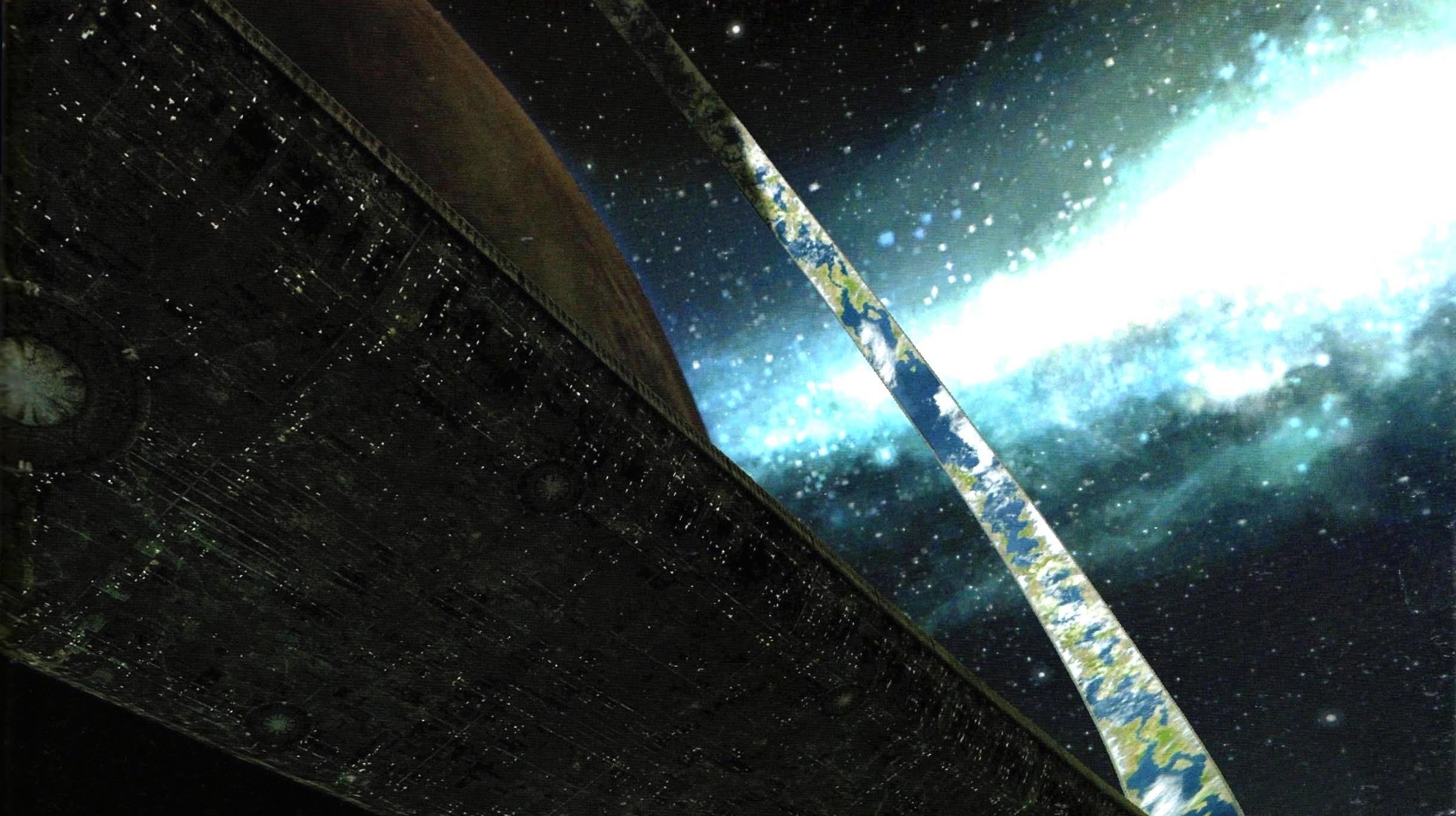This week, while a lot of you will be (re)exploring the galaxy of the original Mass Effect trilogy, we thought it would be fun to revisit some of our own favourite video game planets. First up, Oli remembers the glory of Halo. Halo’s a planet right? It isn’t? Oh well, nobody said this stuff was simple – just ask Pluto.
Halo, the series, owes a lot more than just its name to its original setting. The name is a pretty good start, though, with its evocation of holy reverence, of refracted glory, of encircled perfection. It is the name the religious zealots of the Covenant have bestowed upon a mysterious celestial body: a ringworld orbiting a gas giant, and an artificial paradise harbouring a dark purpose. Its creators, a long-lost race known as the Forerunners, called it, rather prosaically, Installation 04.
Whichever angle you approach it from, the Halo inspires awe. Lore first: the Halo is both ancient, a hundred thousand years old, and futuristic, created by a society far more advanced than either the humans or aliens of the game’s nearish future. Over the course of Halo: Combat Evolved, you discover that it is both a research station and a terrifying weapon. The Forerunners created an array of such Halos that, when triggered together, would destroy all sentient life in the galaxy, to prevent it being overrun by the parasitic Flood. It’s terrifying!
But also, it’s really, really cool. This is the science angle, the engineering angle. It’s a ringworld, more or less as posited by the science-fiction author Larry Niven – a giant, engineered ring in space that is inhabited on its inner surface, where the centrifugal force of the ring’s rotation creates a gravity-like effect. Unlike Niven’s unimaginably huge creation, which encircled its star with a circumference the size of Earth’s orbit, the Halo is small enough that our mind can get to grips with how incredibly big it is. Its band is just 200 miles wide, with a diameter a little smaller than Earth’s. It’s also not a planet, but a moon – or, I guess, a satellite – orbiting the planet Threshold, suspended neatly at the Lagrange point that balances the gravitational pulls of the gas giant and its largest moon. This is good, hard sci-fi – at least, by the standards of as silly a space-opera as Halo: a hypothesis that’s fun just to think about.
The Halo’s biggest impact, though, is purely visual. The sheer sight of it curving up into the sky, contrasted with the huge, spherical bulk of Threshold glowering through Installation 04’s atmosphere, is so evocative and exciting. It’s alien but comprehensible, and it imbues everything with a sense of enormous scale, while also supplying the artists at Halo creator Bungie with a beautiful, arcing focal point for a series of extremely gorgeous skyboxes that evoke the great airbrush sci-fi art of the 1970s and 80s, such as the work of Chris Foss. There’s something inherently uplifting, almost hopeful, about the curve the ring describes in the sky.
